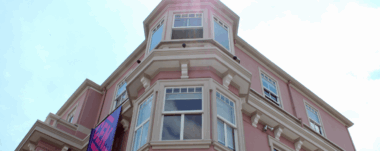Festival 137th Anniversary National Museum
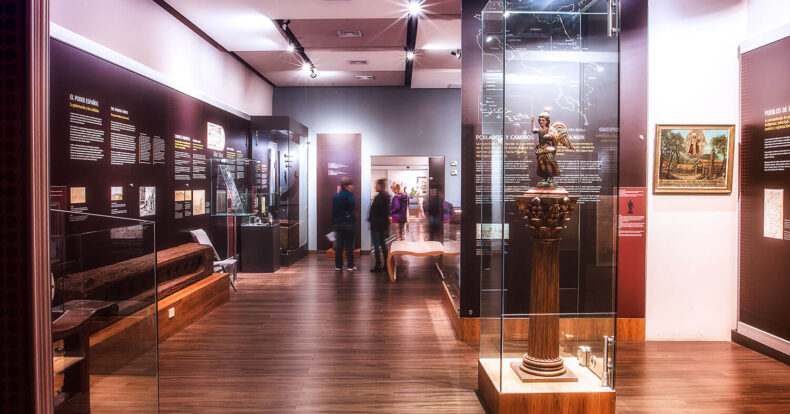
This May 5, at the Festival of the 137th Anniversary of the National Museum, let’s remember that this institution is much more than just a cultural precinct; it is a portal that transports us through time and space, revealing the natural, historical and cultural treasures of this beautiful Central American country. On its 137th anniversary, the Museum presents exhibitions that highlight the richness and diversity of Costa Rica:
The Paramos of Costa Rica
High in the mountains of Costa Rica are the páramos, an ecosystem that defies extreme conditions and harbors an impressive biodiversity. The exhibition “Páramos de Costa Rica” is a visual and educational journey that immerses us in this fascinating world.
Through photographs, videos and scientific data compiled by the National Museum, visitors can explore the beauty and importance of Costa Rica’s páramos. From peaks to glacial valleys, this exhibit reveals the secrets of an ecosystem shaped by millennia of geological history.
The real jewel: jaguars, pumas, gray foxes and endemic birds and plants adapted to the highlands. Using realistic recreations and taxidermy specimens, visitors can get up close to these creatures and discover their fascinating physical characteristics and behaviors.
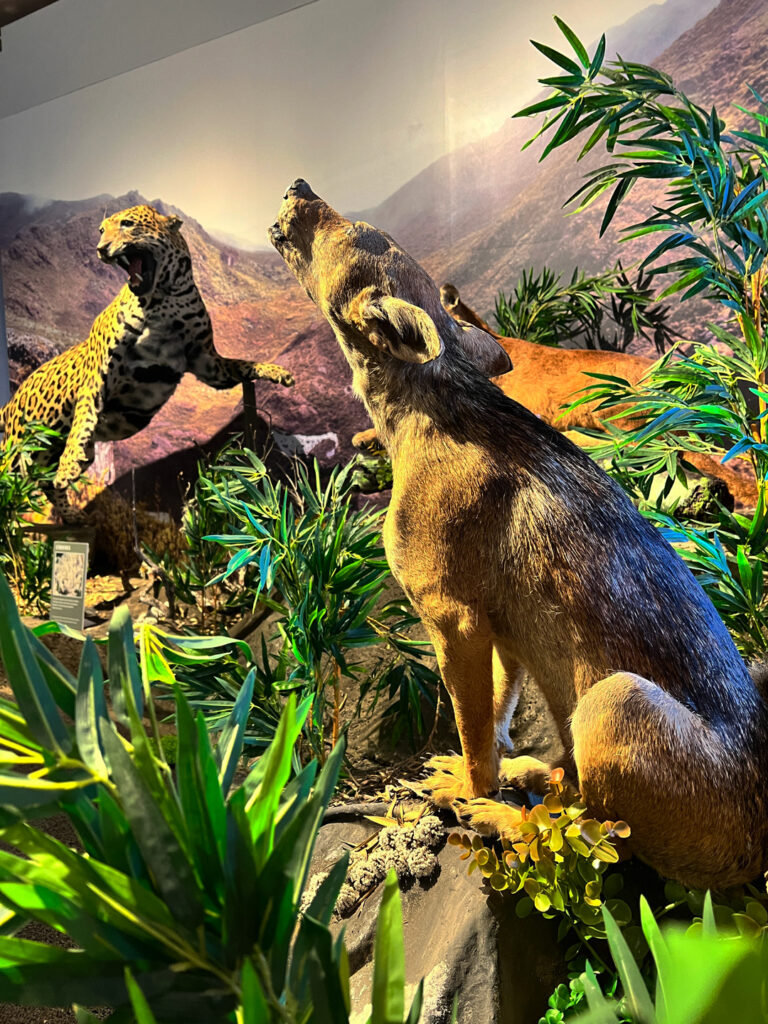
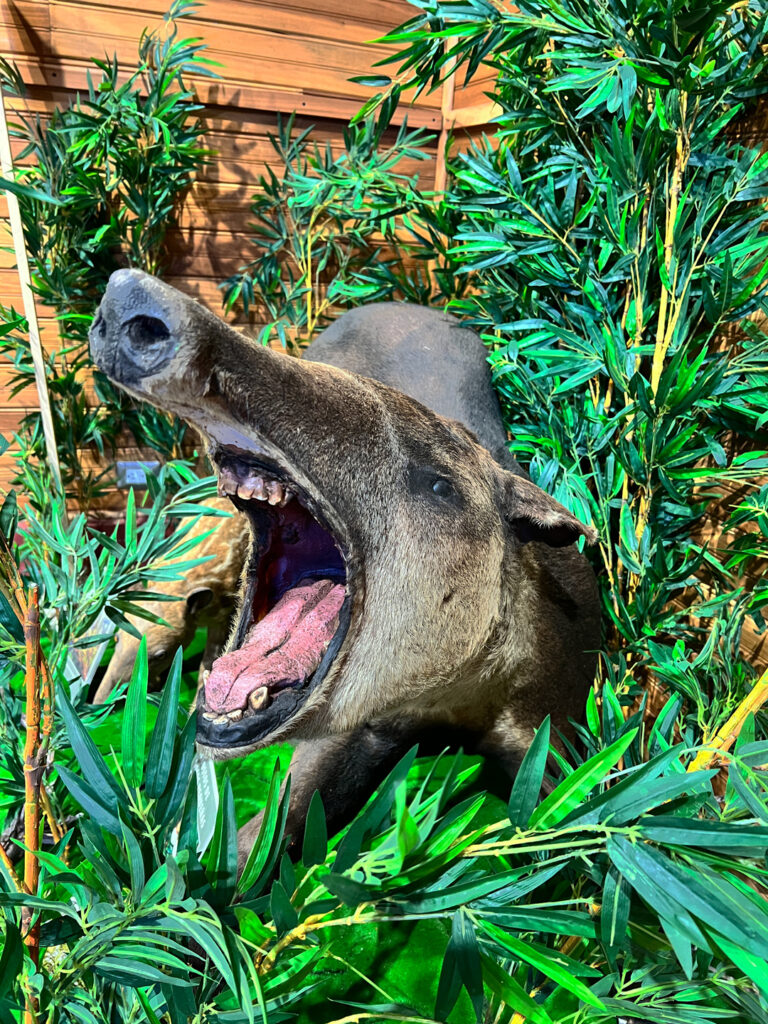
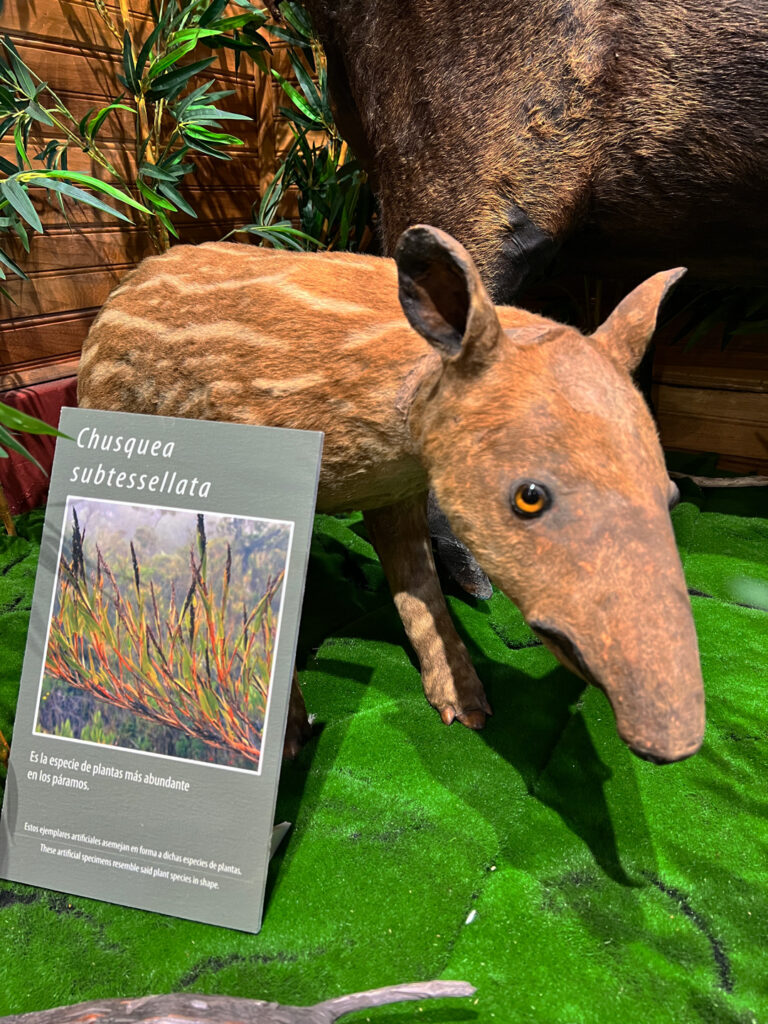
Beyond its aesthetic value, “Páramos de Costa Rica” seeks to raise awareness about the importance of conserving this unique ecosystem. From the perspective of a world where nature faces constant threats, it is crucial to protect and value places like the páramos, which are not only home to incredible biodiversity, but also important climate regulators and sources of fresh water.
From the Barracks to the Museum: A Journey through Time
But the history of the National Museum of Costa Rica goes beyond its natural exhibits; it is also a living testament to the country’s past. The exhibition “From Barracks to Museum” takes us on an exciting journey through the decades, from the days when the building served as a military barracks to its transformation into a cultural and educational center.
Towers, walls, internal courtyards, corridors, stairways, corridors, corridors, loopholes and battlements star in the images and allow, in turn, to appreciate multiple scenarios of the small capital city, its inhabitants and the social dynamics in a country of yesteryear.
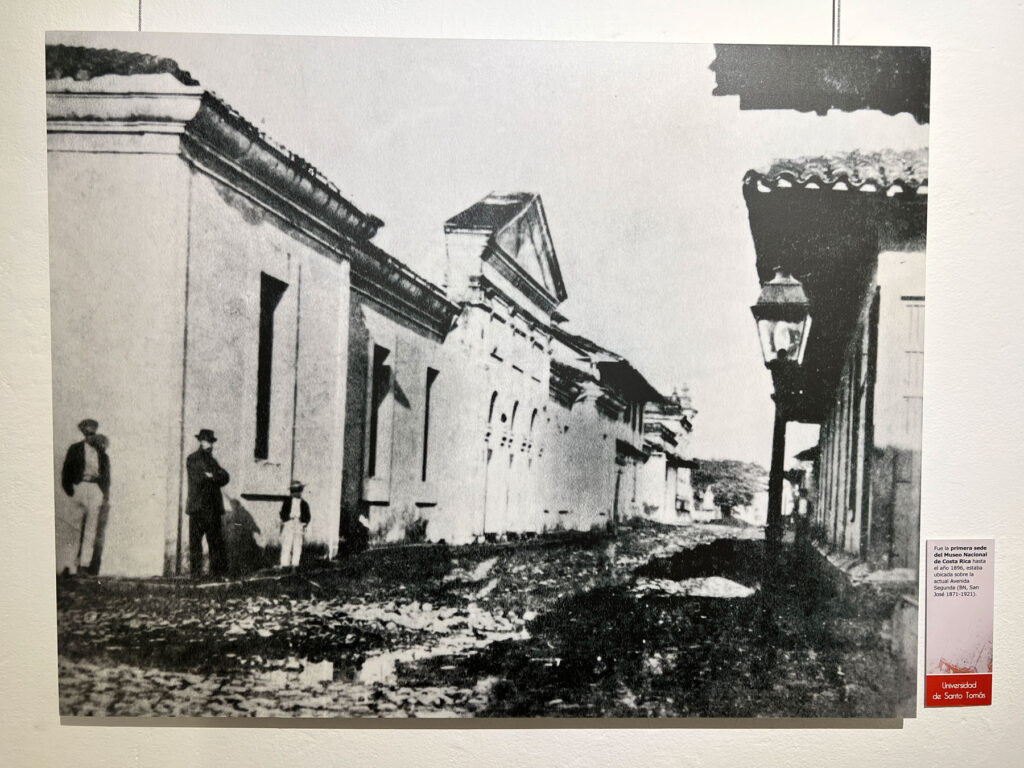
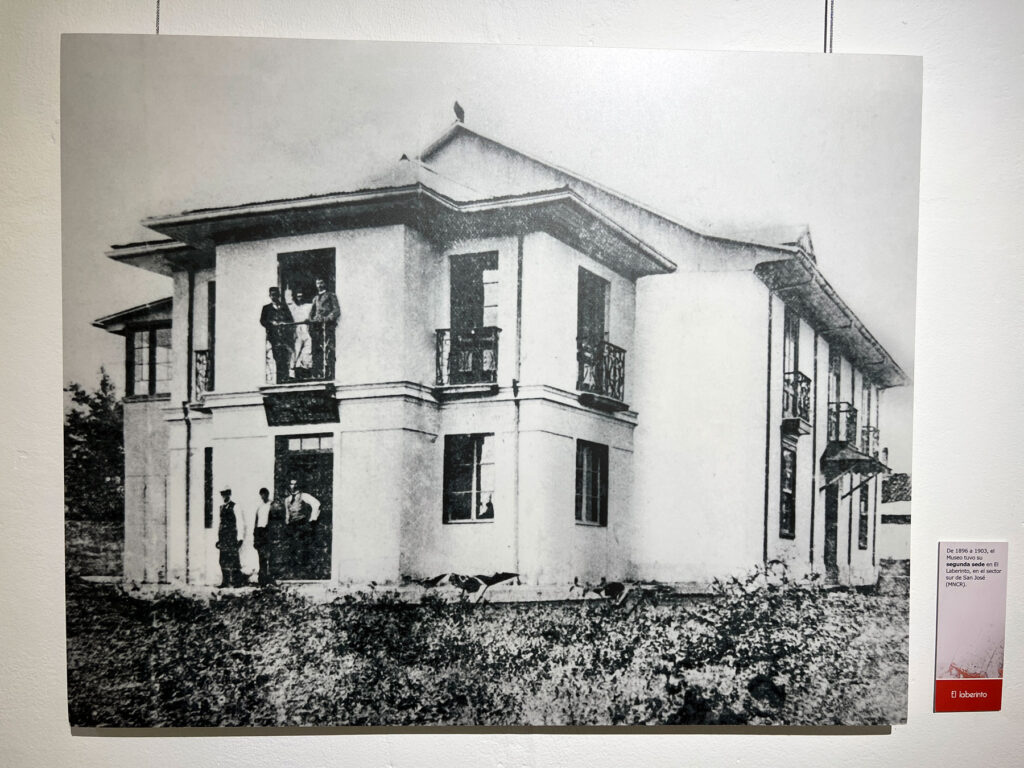
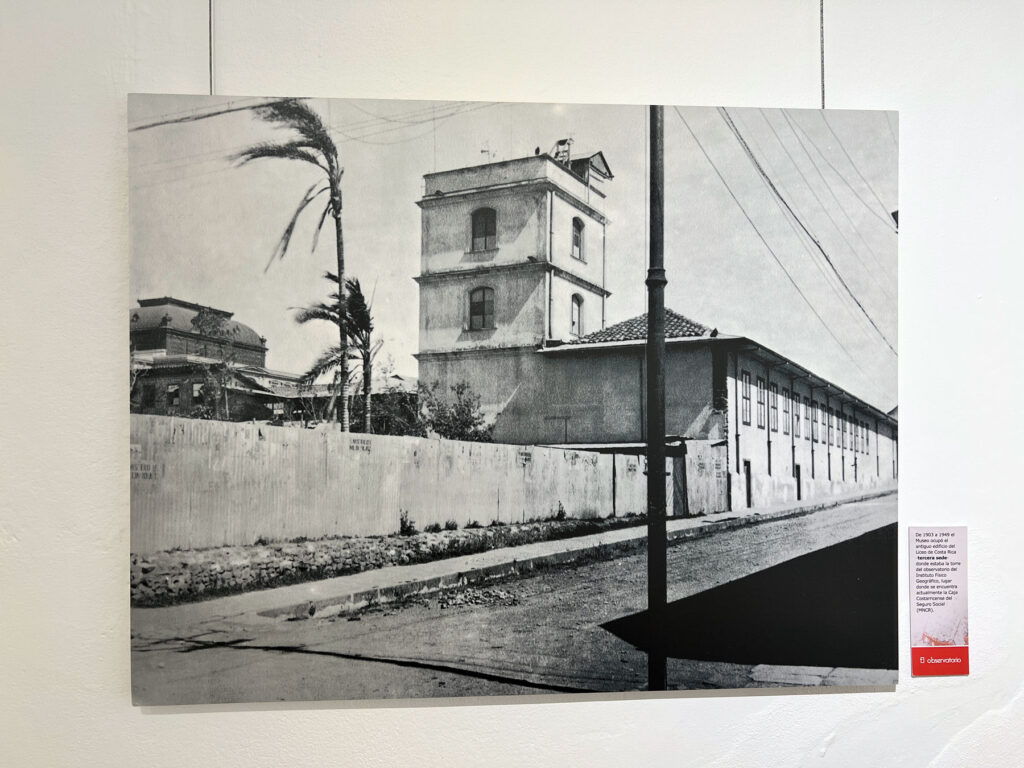
An account of the beginnings of the National Museum of Costa Rica and the three buildings it occupied during its first 60 years of work.
Through historic photographs and documents, visitors can explore the evolution of the Bellavista Barracks and its role in Costa Rica’s history. With its military past transformed into the National Museum, every corner of the building tells a fascinating story.
However, beyond the stone walls and dark corridors, “From the Barracks to the Museum” also celebrates the people who have been part of this history. This exhibition honors the soldiers and photographers who contributed to the history of the National Museum of Costa Rica.
The secrets of the garden: History and nature at Bellavista.
The gardens of Cuartel Bellavista are a hidden gem, where past and present converge to create a space of serenity and learning. Here, between the lush vegetation and historical vestiges, visitors have the opportunity to immerse themselves in the natural and cultural richness of Costa Rica.
In a concrete structure, these gardens remind us of the importance of maintaining green spaces in the city, not only for their aesthetic beauty, but also for the invaluable benefits they bring to our health and wellbeing.
Here, visitors can delight in the diversity of flora and fauna that live in harmony within the city. The gardens tell a fascinating story about the relationship between humans and nature, from the soap tree to the pre-Columbian sculptures.
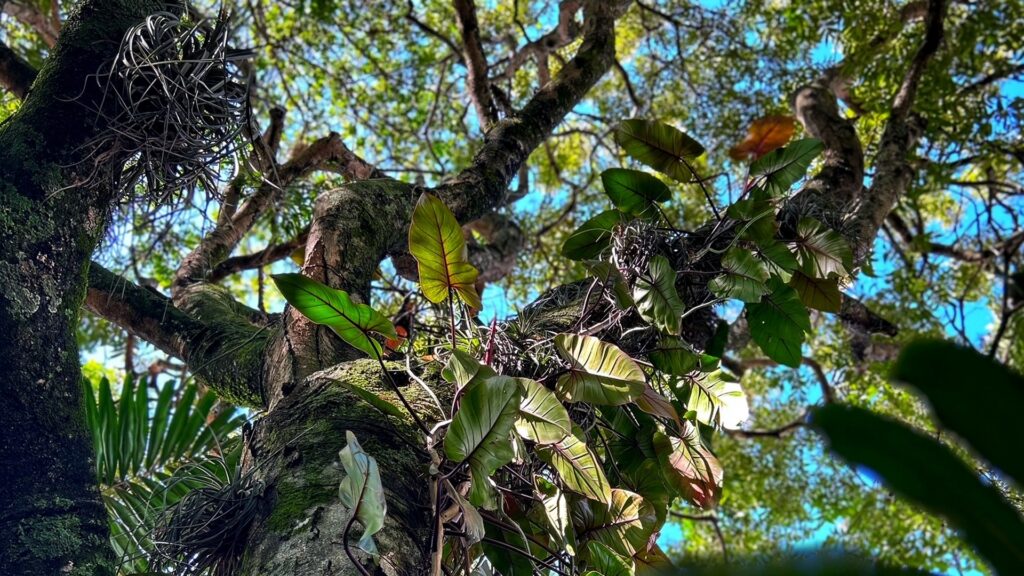
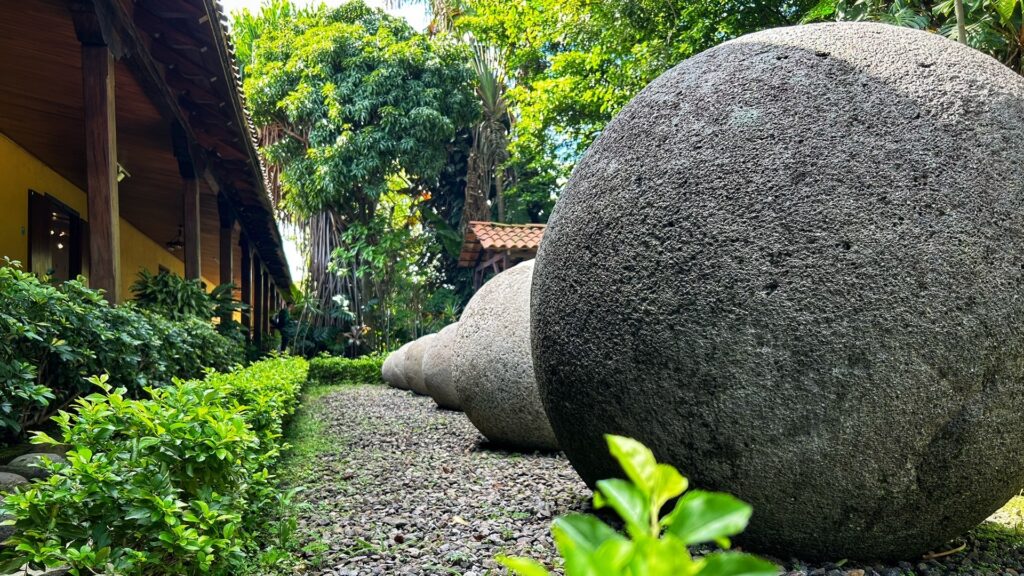
Testimonies of the Past and Present.
Within the exuberant plants and trees, we find vestiges of Costa Rican history and culture. From the ancient pre-Columbian stone spheres to the traditional wooden trapiche, these elements transport us to past times and connect us with the roots of our identity as a people.
In other words, they are more than a place for recreation; they are a reminder of our responsibility to the environment and future generations. By preserving and caring for these green spaces, we can contribute to building a more sustainable and livable city for all.
Memories in stone.
Featuring nearly 40 stone sculptures from the National Museum’s archaeological collection, this exhibition invites us to explore the depths of human ingenuity that flourished in Costa Rica thousands of years ago.
The sculptures presented in this exhibition are testimonies of a deep ancestral knowledge of rocks and the techniques used to work them. Ranging from pillars and monoliths to petroglyphs and spheres, each work reflects the mastery of its creators in the handling of stone, both in its utilitarian function as well as in its artistic expression.
Although the precise meaning of these sculptures is lost in time, various interpretations of their function and symbolism can be inferred. Some were used in ceremonies or as territory markers, while others probably had a religious or funerary purpose. Whatever their original meaning, these works connect us with the beliefs, traditions and worldview of ancient Costa Rican societies.
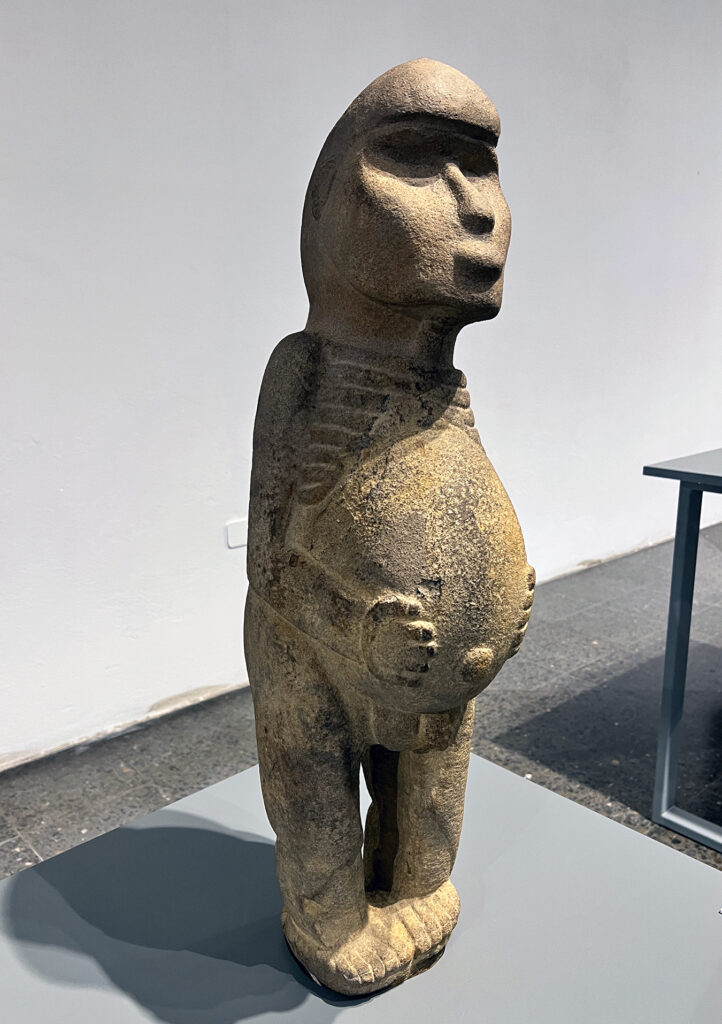
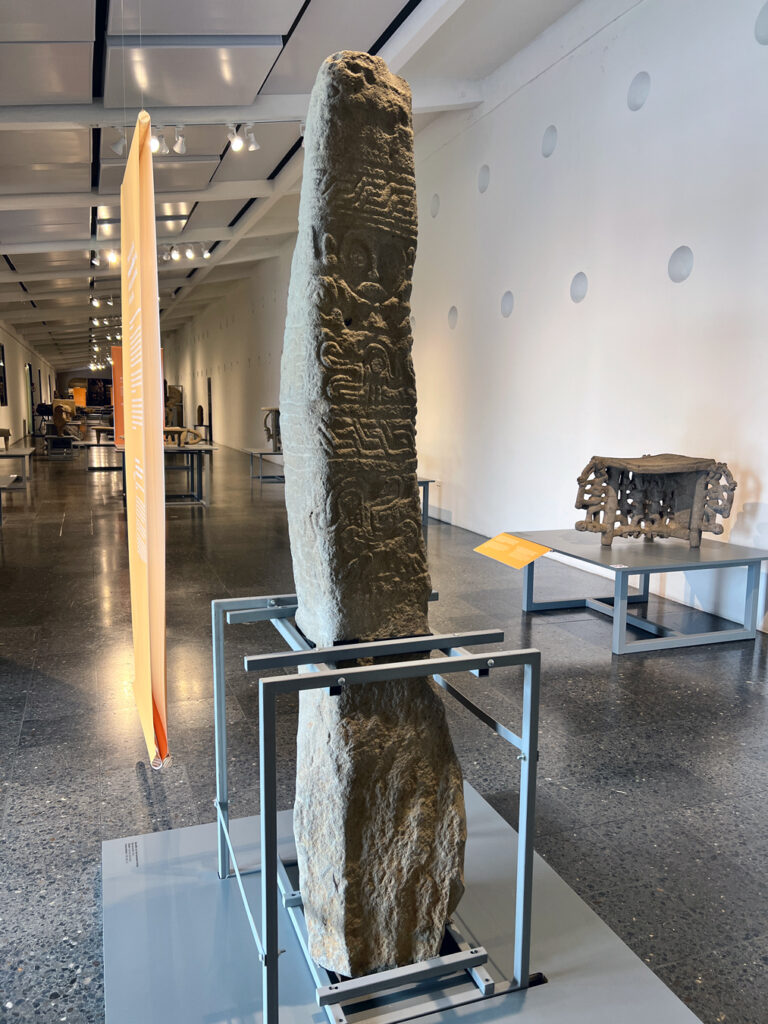
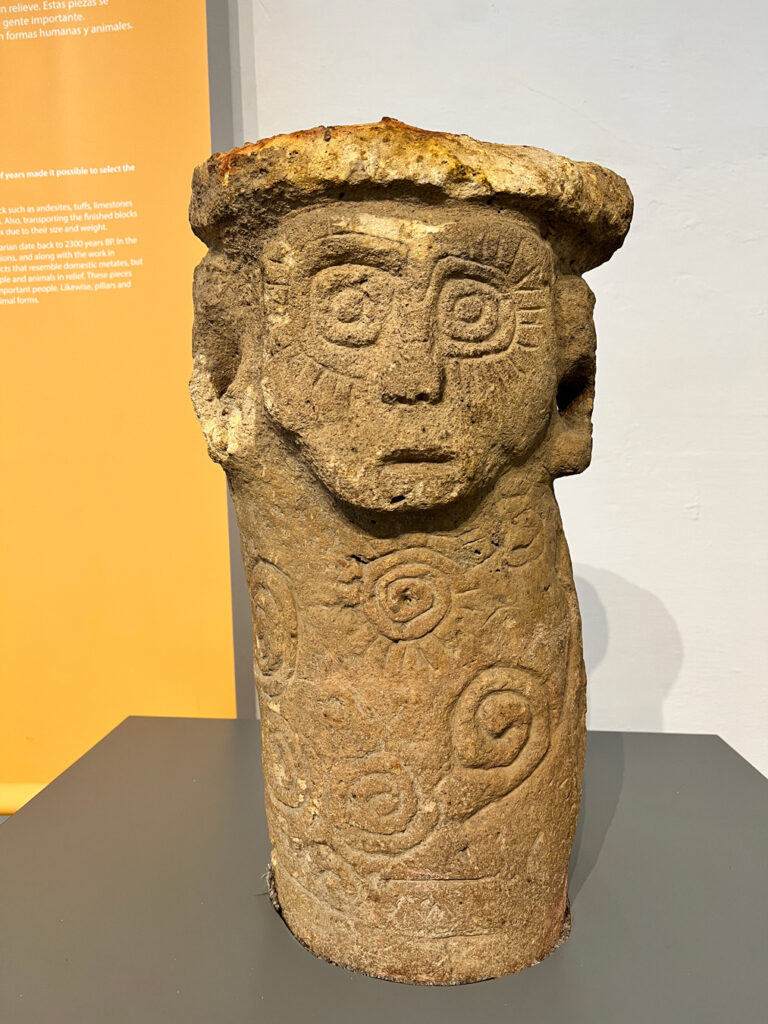
Festival 137th Anniversary National Museum
Celebrate the 137th anniversary of the National Museum with cimarrona, masquerade, concert, crafts and food for sale. Tour the exhibits and gardens of the Museum and enjoy a cultural Sunday.
Sunday, May 5
9 a.m. to 4 p.m.
Free admission for nationals and identified residents.
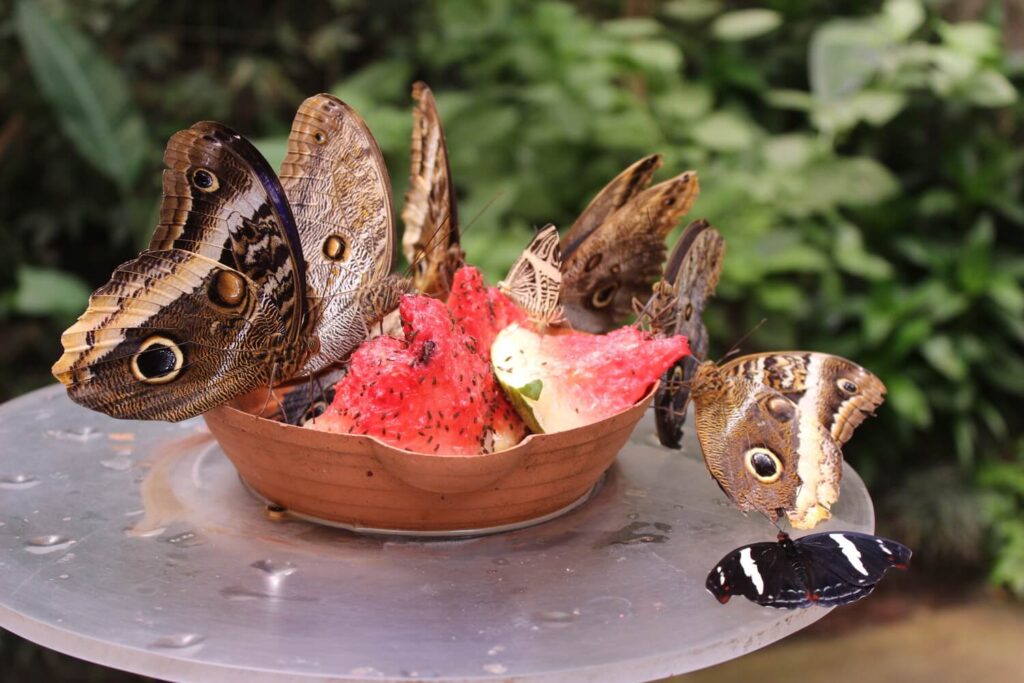
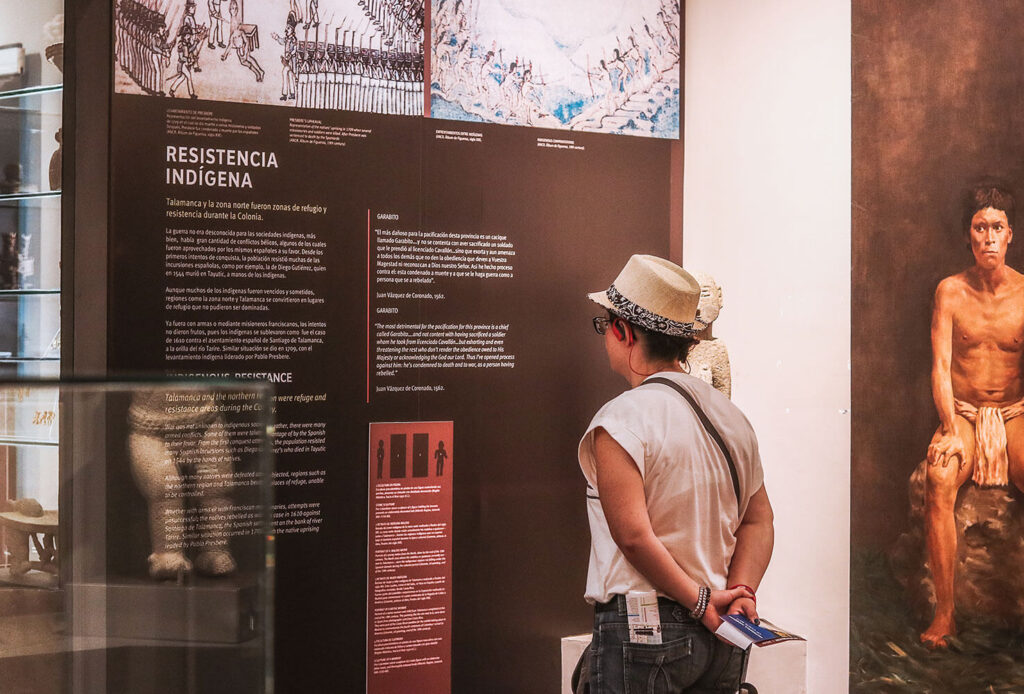
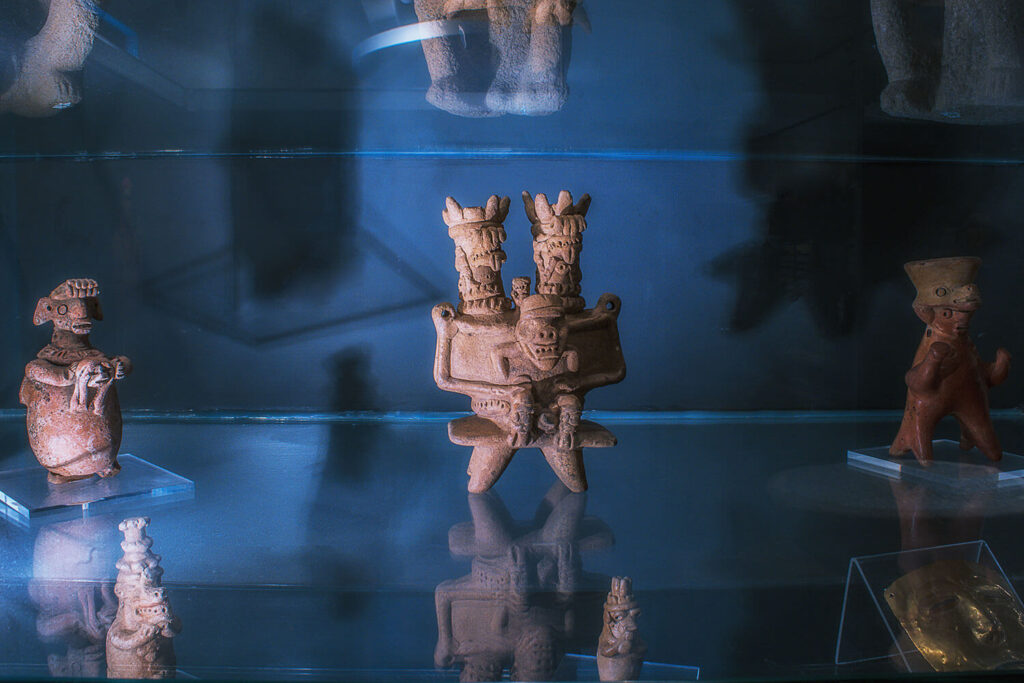
On its 137th anniversary, the National Museum of Costa Rica continues to be a beacon of knowledge, inspiration and pride for all Costa Ricans.
Sensorial Sunsets
Navigate articles




